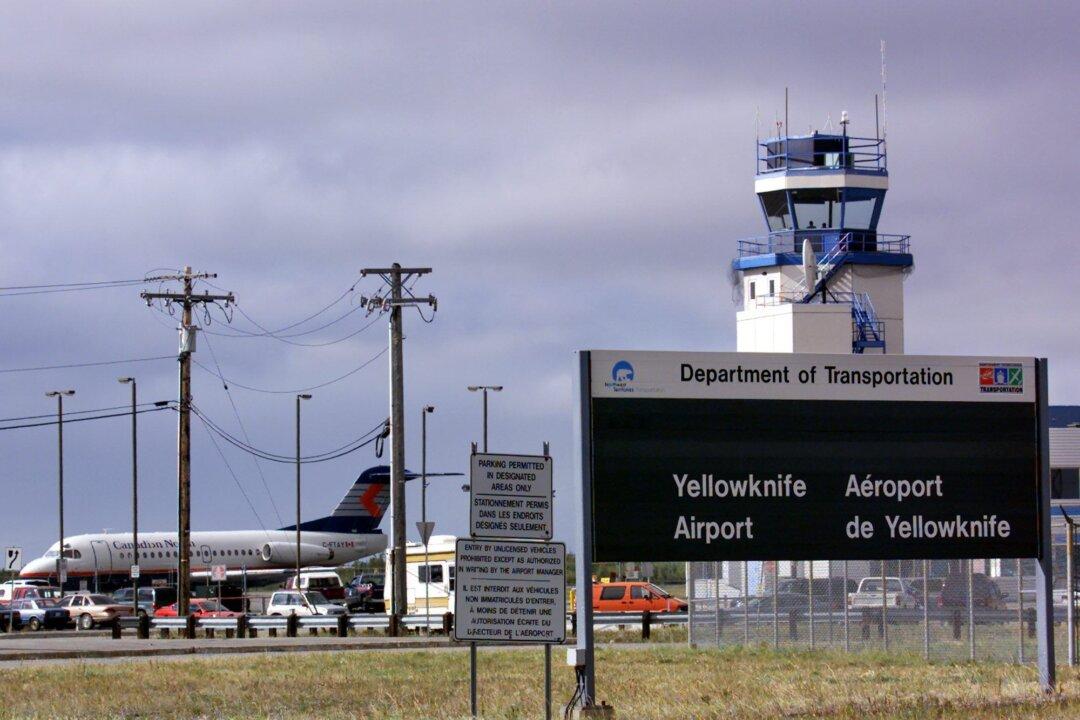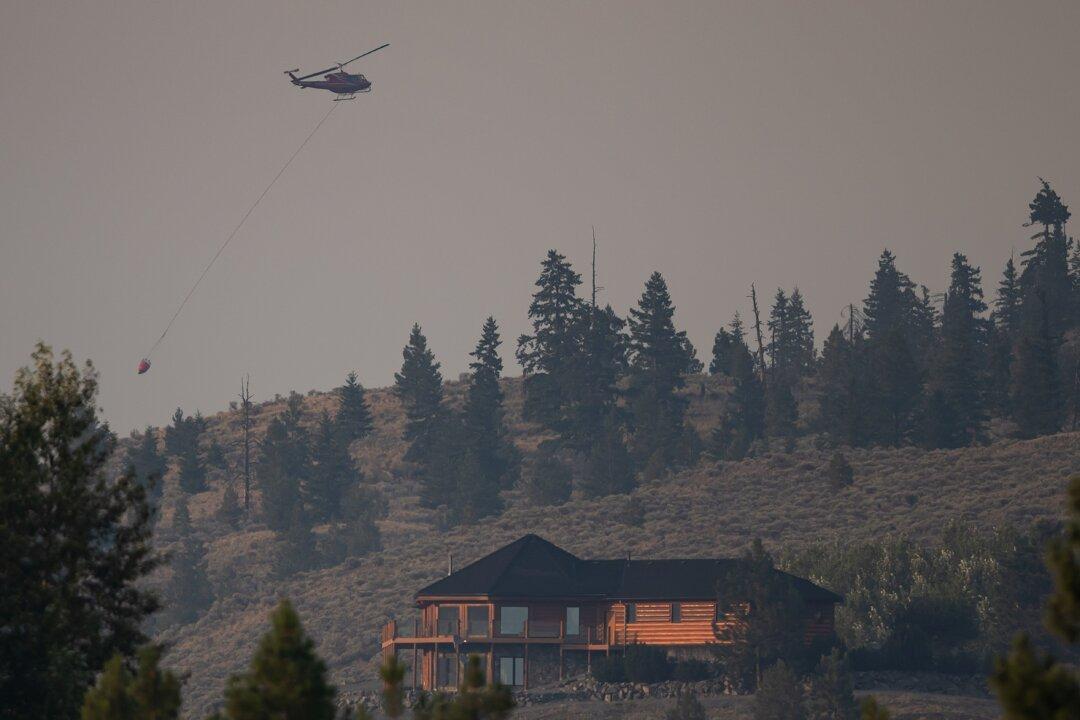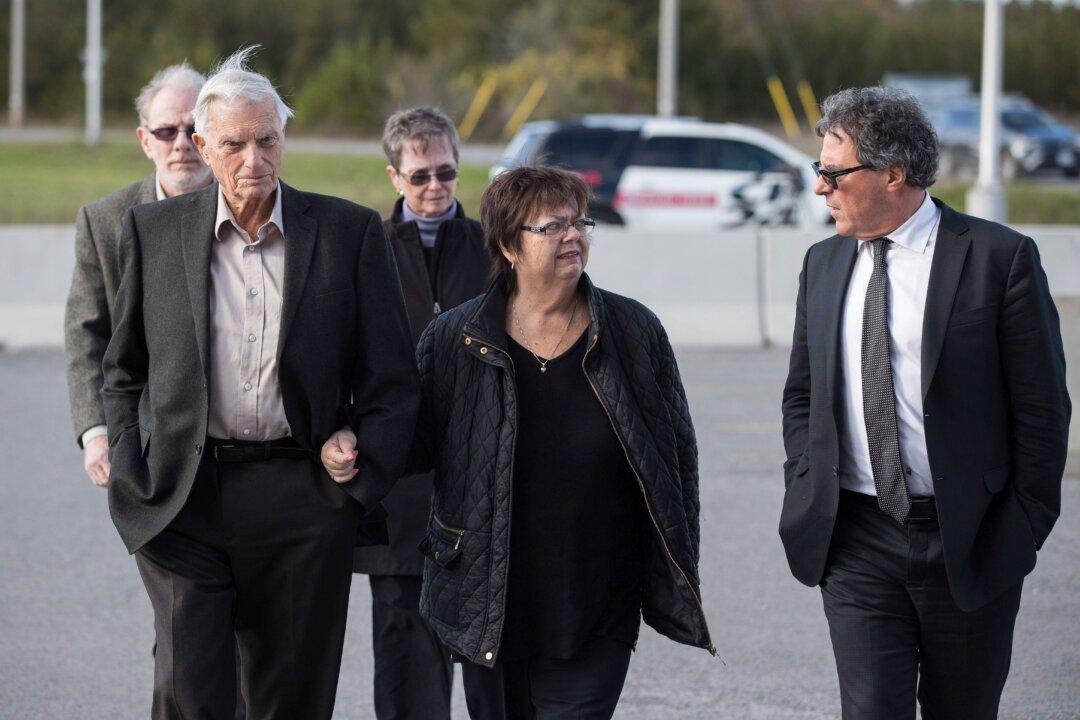With relatively small populations dispersed in tiny communities spread across three million square kilometres of hinterland, the Northwest Territories and Nunavut have closed their borders to all non-residents in an effort to prevent COVID-19 from proliferating.
Because of limited health care access, the North is considered to be one of Canada’s most at-risk regions for an outbreak of the CCP (Chinese Communist Party) virus, commonly known as the novel coronavirus.





